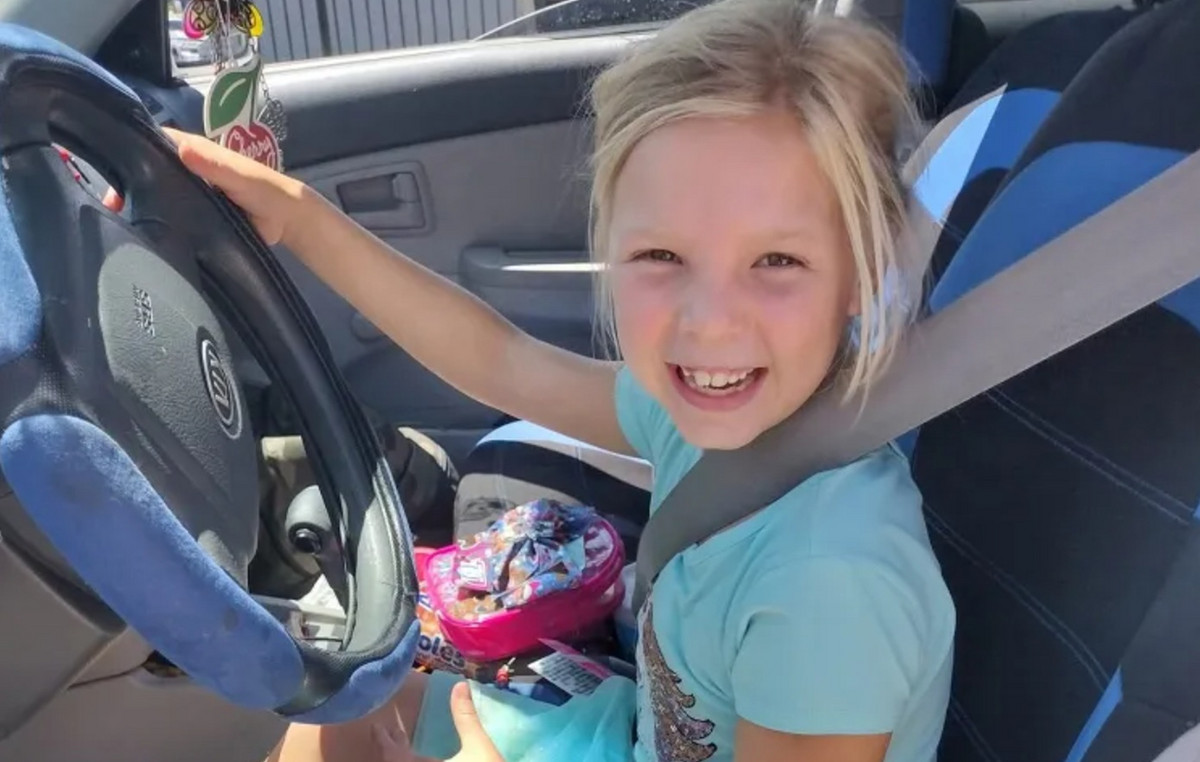Why does samba make everyone want to dance? Why does the sound of the drums hypnotize the spectator and cause so much pleasure?
An experiment carried out by German and Brazilian scientists from the Max Planck Institute for Cognitive and Brain Human Sciences (MPI CBS) and the D’OR Institute for Research and Education in Rio de Janeiro shows that the synchronization between the beats of drums causes a more intense emotion. and, consequently, greater activation of brain areas responsible for rhythm and movement.
Therefore, scientists believe that samba beats can also help neurorehabilitation of patients who have suffered a stroke.
The neuroscientist and neuropsychologist at MPI CBS and the University Hospital of Leipzig, Annerose Engel, responsible for the study, wanted to know why percussion causes so much joy and an irresistible urge to move.
To answer this and other questions, such as what happens in the brain when we are carried away by the beat of drums, Dr. Engel traveled to Rio de Janeiro and hired a renowned percussion master from a Rio samba school. Together, they recorded a song with the nine rhythmic instruments of a typical samba school drums.
Greater precision and volume, greater desire to dance
The scientist then created four versions of songs in which the interaction between the groups of instruments was manipulated, from the firm and accentuated pulse of the drum: the original version and versions with a delay of 28, 55 and 83 milliseconds of the drum in relation to the others. instruments.
The tests were done with participants who liked samba. Most also knew how to play rhythms of the musical style on some instrument.
The different versions were heard for the first time by 12 volunteers with variable volume; high (85 db) or very high (95 db). Each person rated how strong the desire to move was and how enjoyable they found the music.
In a second experiment, 21 other participants listened to the music while their brain activity was measured with functional magnetic resonance imaging.
The more accurately timed sections were perceived as more enjoyable and lively. The louder the arrangements were presented, the stronger the urge to move. The maximum effect occurred when precisely timed instruments were played at high volume.
Interestingly, participants with better rhythmic skills were more sensitive to timing manipulation.
And how exactly does the rhythmic pattern – or “groove” – work in the brain?
According to the study, the more precisely timed instruments more vigorously activated a network of brain regions involved in the control of movement and the perception of rhythm. More specifically, the supplementary motor area, the left premotor cortex, and the left frontal gyrus.
These regions are linked not only to movement, but are also activated when something must be predicted, a fundamental function of perception.
Music is already used for the treatment of stroke or other neurological diseases. First, it helps motivate patients to move, but rhythm can also help them relearn movement sequences and improve attention and many other cognitive functions.
“These findings may even help us in neurorehabilitation,” says Engel.
Apparently, a network of brain areas associated with movement particularly strongly is activated, which is often necessary for rehabilitation.
Music, such as samba, which has an intense “groove factor”, may be particularly suitable for this, explains the neuropsychologist. The researchers further hypothesize that these clues would also apply to other musical styles or even ritual dance music from other cultures.
“Activity in the network of these motor regions can form the neural basis for sensing the beat, especially the pronounced desire to move,” adds Engel.
Samba can help social connection
Synchronization between musicians is known to generate feelings of social connection, and therefore, it has been hypothesized that similar feelings may arise in listeners. Indeed, a wide range of emotions were reported, with some study participants having very intense experiences listening to samba percussion in particular.
So-called “deep listeners” showed increased activity in an area of the brain called the “subgenual cingulate”, specifically during the more precisely timed array.
This region has known roles in social bonding, affiliation, prosocial behavior, and group identification, and has also been postulated to mediate positive emotions in precisely this type of situation.
In addition to drums, the repinique — a high-pitched double-headed drum — was also used in the experiment; surdos – low-frequency bass drums (three different versions, first, second and third), snares – snare drums, rattles – cuícas – Brazilian high-frequency friction drums, tambourines – small drums and agogôs.
The study was published in the journal Frontiers of Neuroscience.
Source: CNN Brasil







